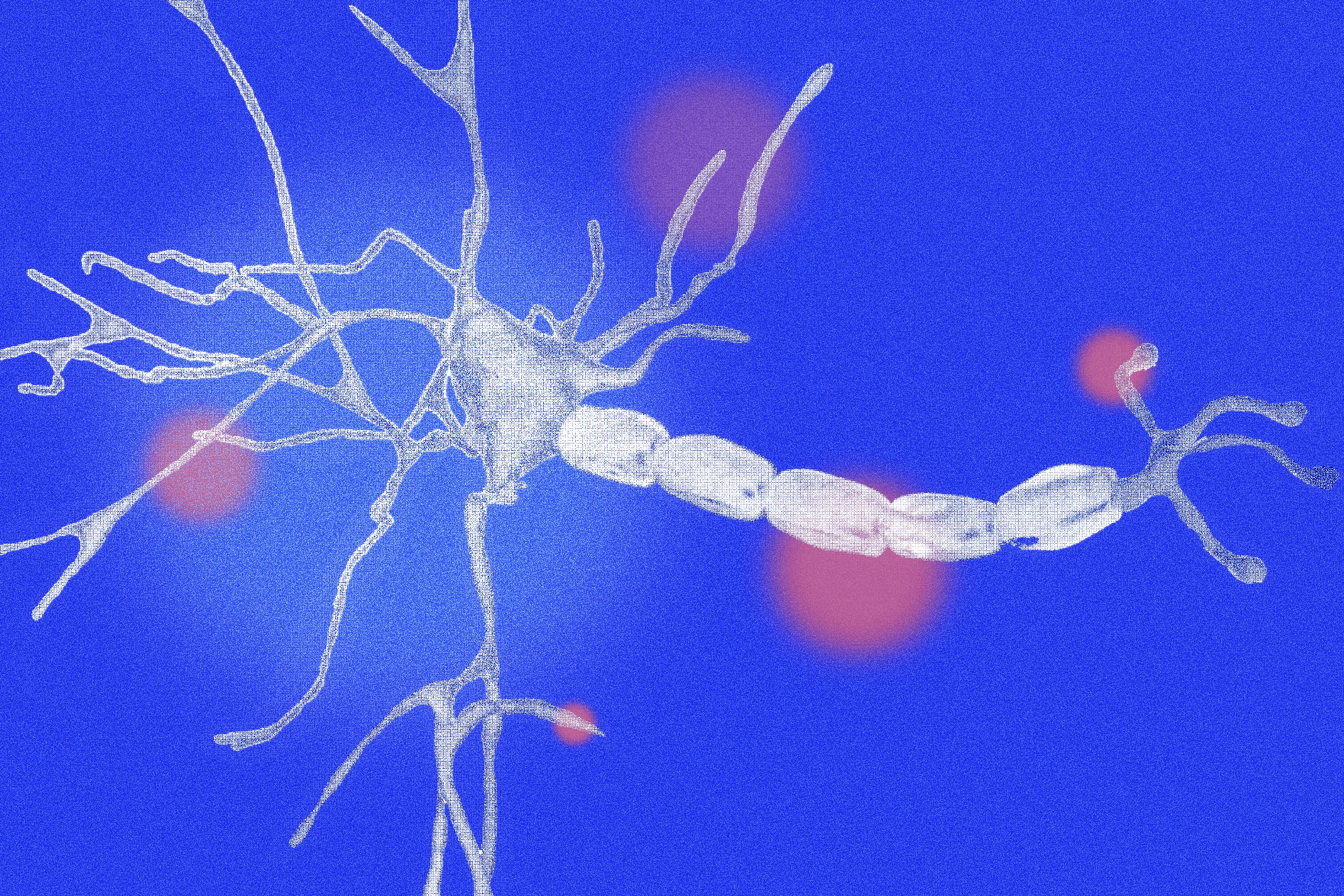A type of neuron that protects from gaining weight is damaged by obesity, according to a new animal study.
The study, published in Nature, found that these neurons release a type of protein, known as neuropeptide Y (NPY), that encourages fat-burning.
Mice that are low on NPY became obese even when fed a healthy diet with no increased calorie intake, the researchers found.
The results may explain why some people gain weight even when they do not overeat, holding implications for obesity prevention strategies.
“[Our study] suggests that energy dissipation might play a more significant role than appetite in maintaining body weight for some individuals, if not more,” the authors wrote in a statement.
An Obesity Fighter
The neurons, known as NPY-plus sympathetic neurons, release a protein called NPY to encourage fat-burning. Around 40 percent of sympathetic neurons in our periphery are NPY-plus sympathetic neurons.
NPY, a chemical messenger found in both the brain and peripheral nervous system, stimulates appetite in the brain and promotes fat-burning cells in fat tissues, potentially changing weight control strategies, researchers found.
NPY prevents obesity by promoting the growth of a type of fat cell that is burned to produce heat to regulate the body’s temperature. NPY stimulates the precursor fat-burning cells. In obesity, these precursor fat-burning cells are reduced in number.
The researchers found that mice lacking NPY had fat cells that were impaired in fat burning. The mice became obese even when fed a healthy diet. When fed a high-fat diet, mice became obese faster and earlier even without an increase in food intake, whereas mice that had NPY maintained their normal energy expenditure, which protected them from weight gain and obesity.
Mice on a high-fat diet had damaged NPY-producing neurons and reduced blood vessels. This obesity-induced nerve damage led to reduced NPY concentration in fat tissues, fewer fat-burning cells increased vascular leakiness (a sign of blood vessel dysfunction), and inflammation.
Path to Future Obesity Treatments
Obesity is a public health concern in the United States, with one in three adults being overweight, and more than two in five (42 percent) classified as obese. Obesity is a risk factor for a range of health conditions such as diabetes, heart disease, stroke, and certain cancers, driving experts to seek new solutions.
There are few studies linking NPY to weight loss since prior research focused on its ability to increase appetite. Nevertheless, research has shown that the body releases NPY in response to both internal and external stressors. A 2019
study published in Reach found that physical exercise can stimulate the release of NPY.
People may also be able to lose weight by burning other fat cells, researchers not involved in the study told The Epoch Times.
Increasing brown adipose tissue activity is a promising strategy in combating weight loss and obesity, Samuel Sia, professor of biomedical engineering at Columbia University, told The Epoch Times via email.
“For people with obesity or metabolic issues, there are experimental medications that may mimic cold exposure to activate brown fat. Discuss these with your doctor, as they are still being researched,” Dr. Raj Dasgupta, medical reviewer for the National Council on Aging, told The Epoch Times via email.
Cold exposure stimulates the production of brown fat cells, which are a different type of fat cell burned to release heat.
Eating foods that contain capsaicin (such as chili peppers), omega-3 fatty acids, and caffeine can activate brown fat. Dasgupta suggested eating foods such as grapes, blueberries, and peanuts, which contain resveratrol, compounds that might also support brown fat development.
Studies have shown that tirzepatide, commercially sold as Zepbound, not only aids in diabetes management but also enhances the activity of brown fat tissue, helping to break down metabolites linked to systemic insulin resistance and Type 2 diabetes.
Certain medications, such as beta-adrenergic agonists and GLP-1 agonists (such as Ozempic and Mounjaro), can stimulate brown fat activity and promote weight loss through increased energy expenditure.













